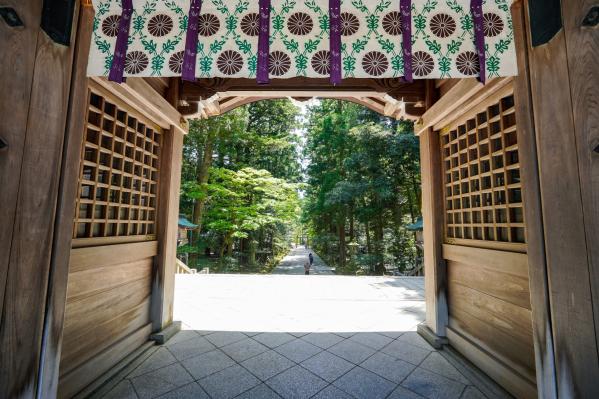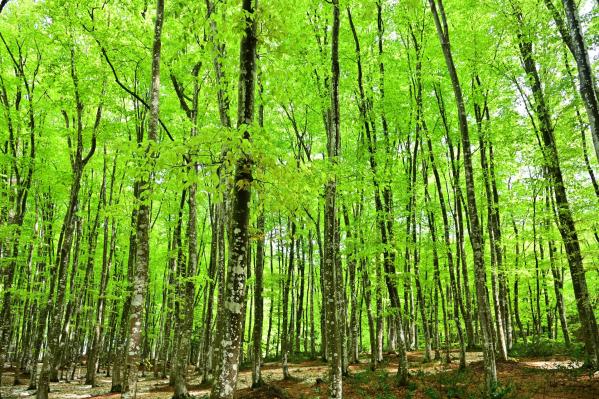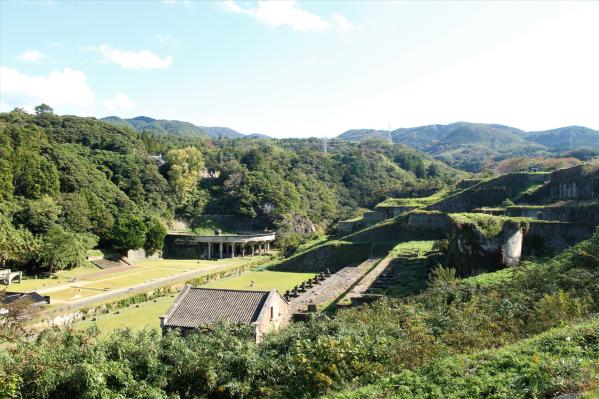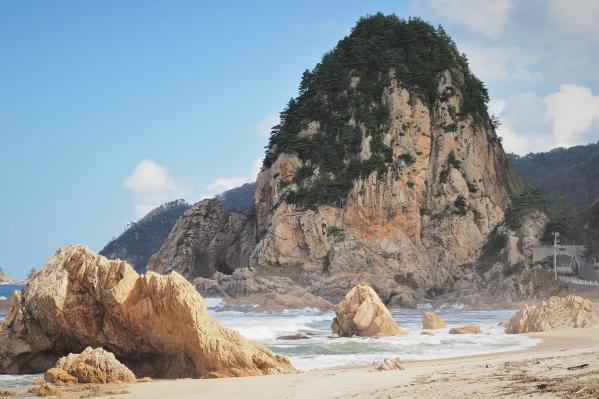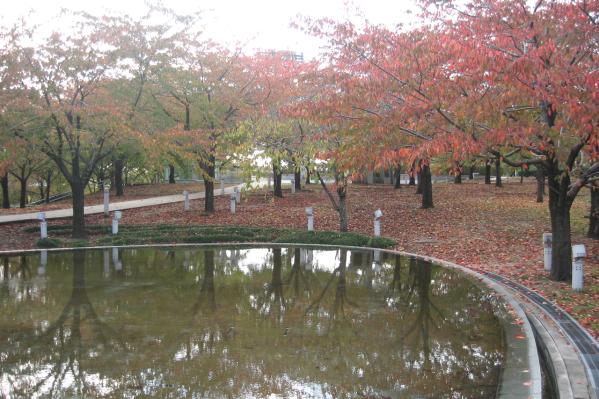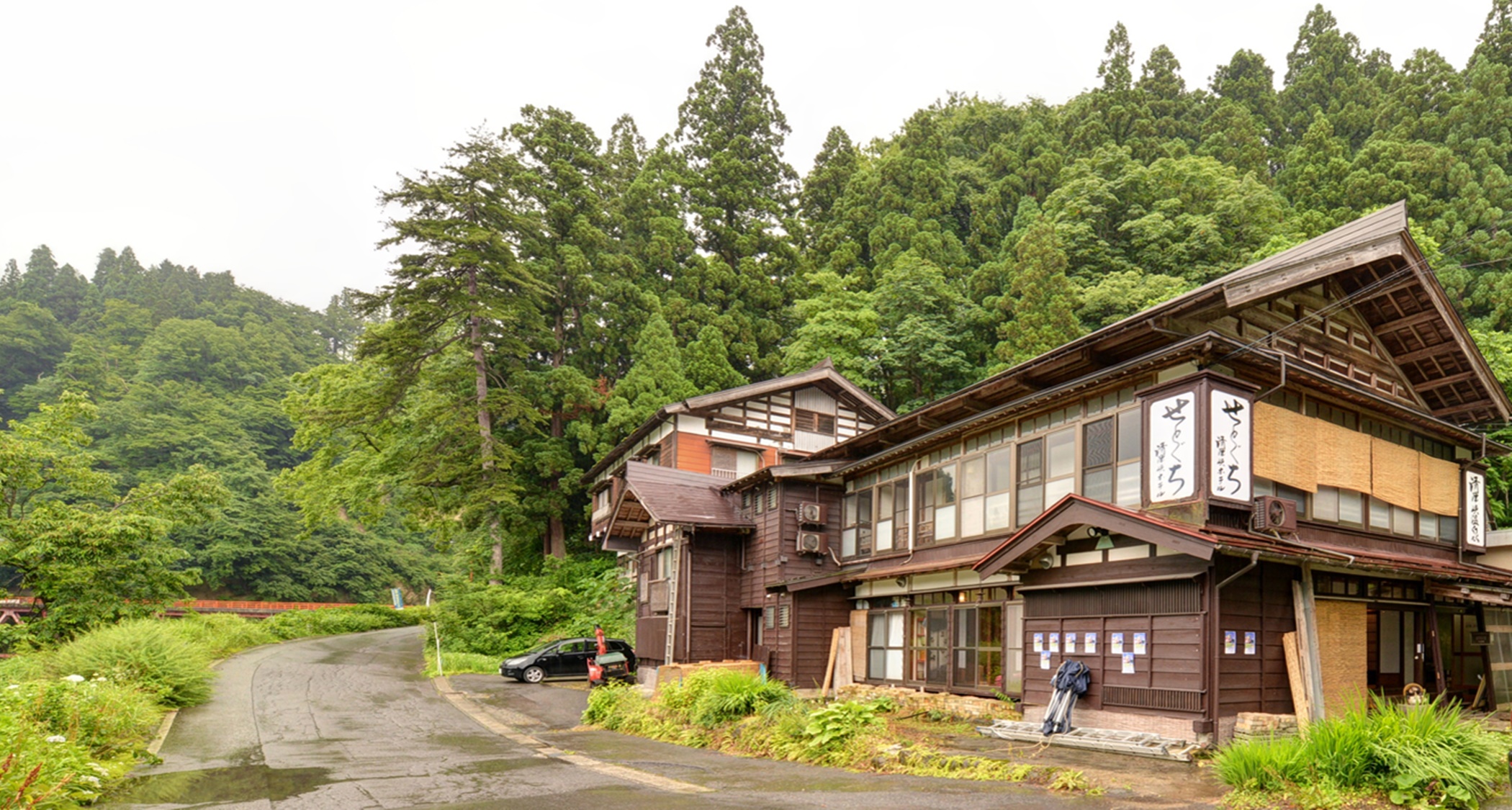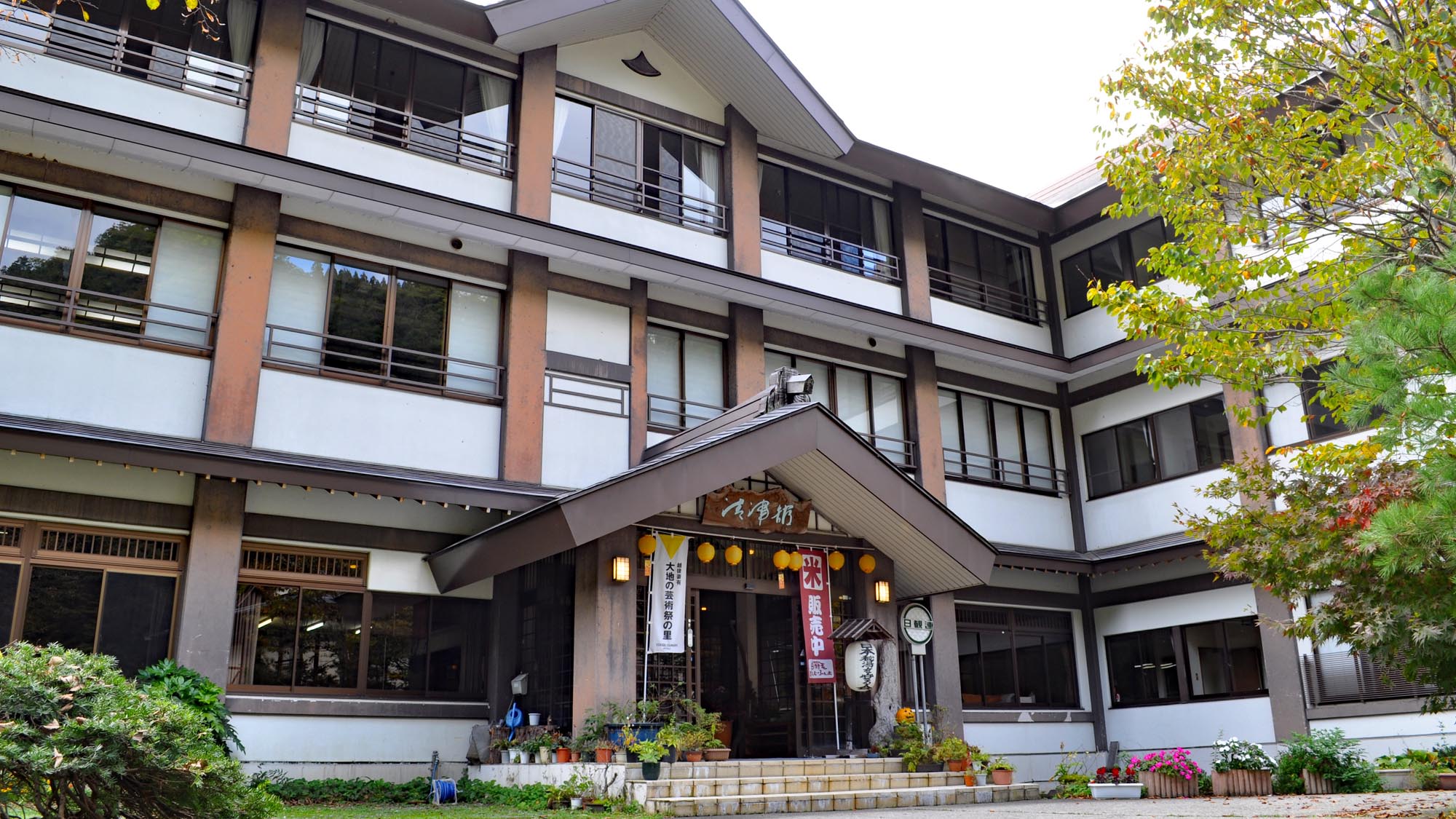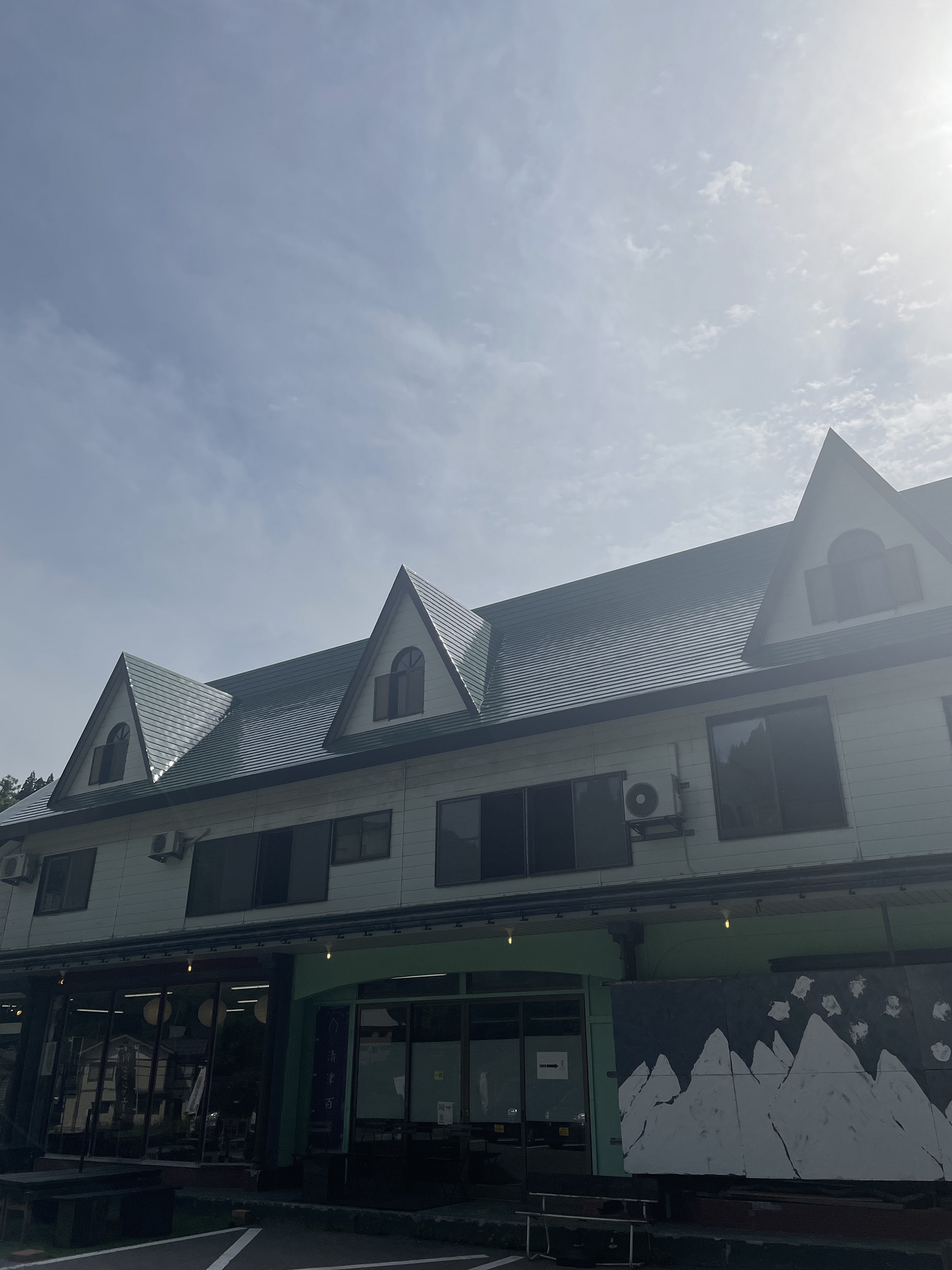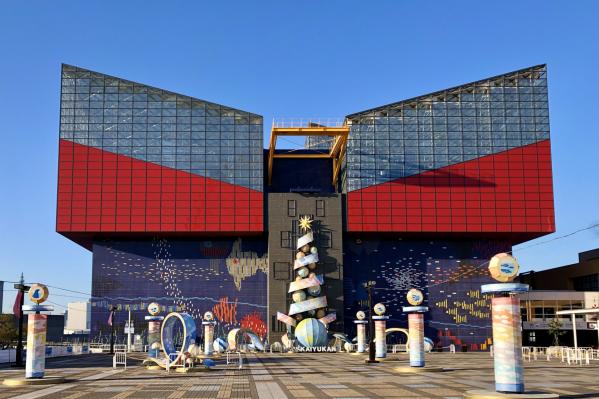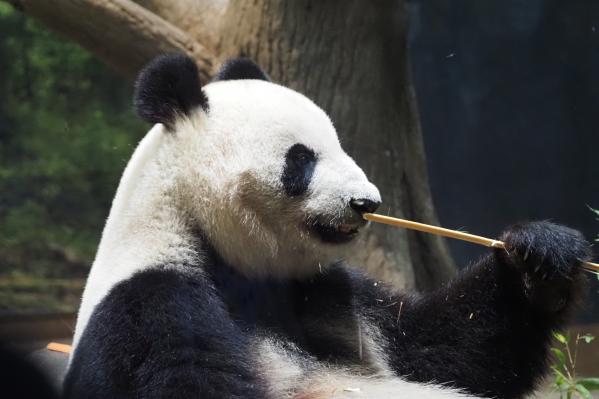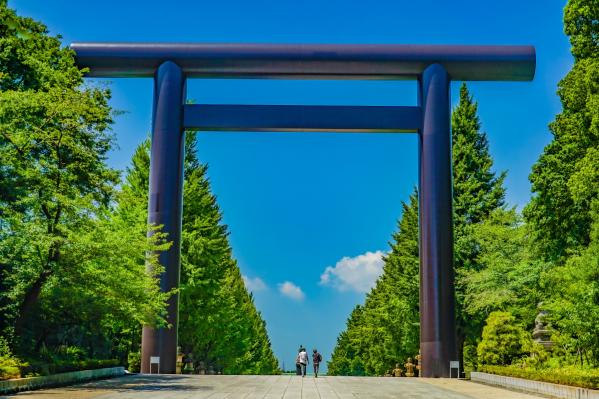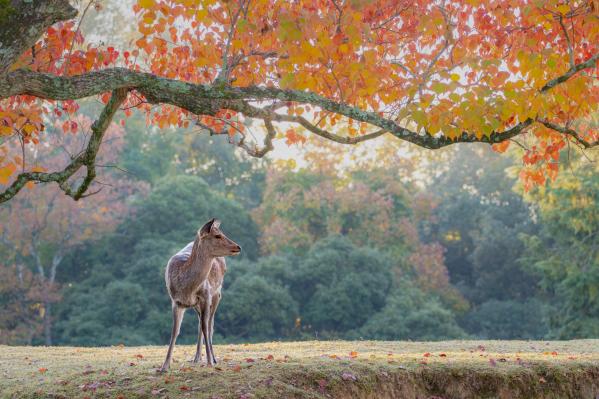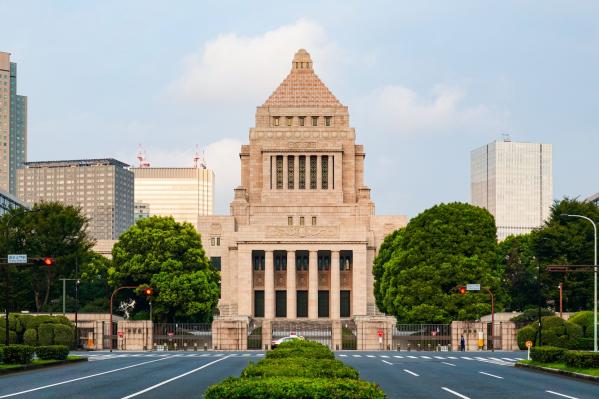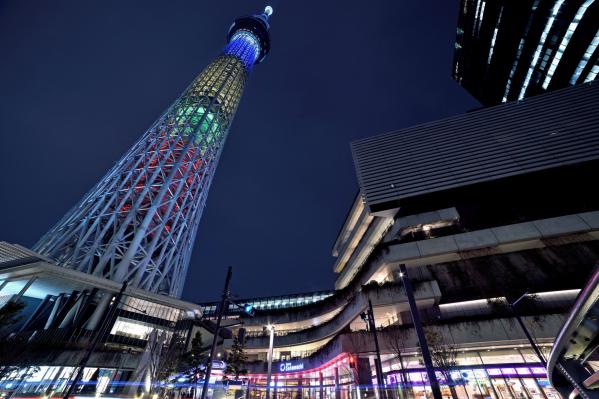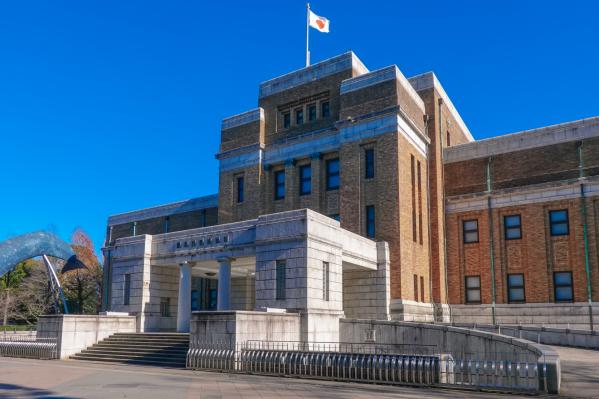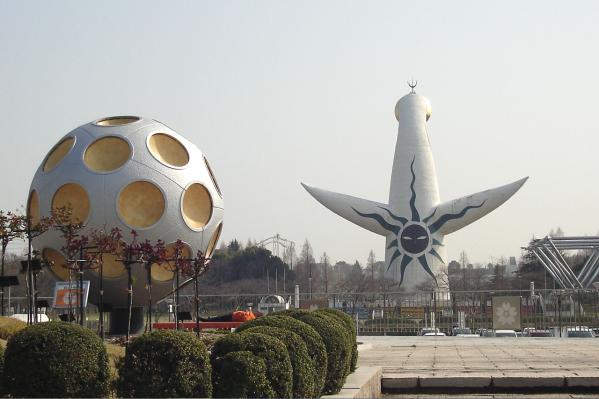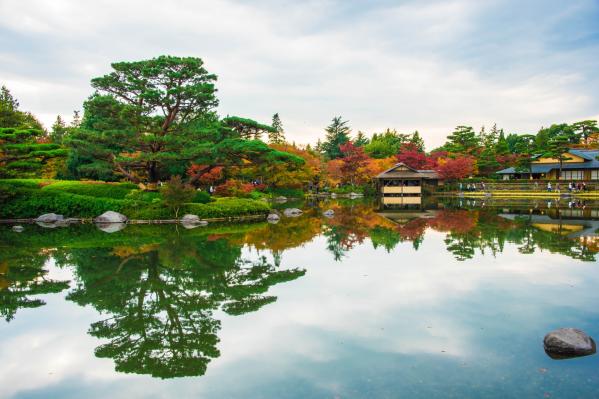
Kiyotsu Gorge
Kiyotsu Gorge is designated as a national scenic spot and natural monument, and the V-shaped gorge created by the swift currents of the Kiyotsu River and its massive rock walls provides a profound emotional experience for visitors. In 2018, it was revitalized by the Chinese architectural group Ma Yansong/MAD Architects during the Art Festival on the Ground, with a new entrance facility added. Here, art works utilizing the "five elements" of nature (wood, earth, metal, fire, and water) are on display.
Additionally, the Kiyotsu Gorge Tunnel has been established, allowing visitors to safely enjoy the beauty of the gorge. This tunnel also features a foot bath and a café (closed during the winter), offering tourists a multifaceted way to enjoy their visit.
With its long history and diverse natural beauty, Kiyotsu Gorge is one of Japan’s proud scenic spots. Its beauty and dynamism leave an unforgettable impression on anyone who visits.
Basic Information
- Spot Name
- Kiyotsu Gorge
- Location
- 〒949-8433 2119-2 Koide, Tokamachi City, Niigata Prefecture
- Access
- ● By car: Approximately 25 minutes by car from the Kan-etsu Expressway "Shiozawa-Ishiuchi IC" to National Route 353.
● By train: To the Kiyotsukyo Iriguchi bus stop (about a 30-minute walk after getting off).
Take the express bus bound for Morinomiya-no-hara from JR East "Echigo-Yuzawa Station" for about 25 minutes, and get off at the "Kiyotsukyo Iriguchi bus stop."
From JR Iiyama Line "Echigo-Tazawa Station," take the bus for about 20 minutes and get off at the "Kiyotsukyo Iriguchi bus stop."
* There is a shuttle bus service from Echigo-Yuzawa Station (reservation required / check operation days).
* During winter, there is a connection with the Snow Country Heavy Snowliner (reservation-required bus connecting Echigo-Yuzawa and Matsunoyama Onsen). - Parking
- ●Parking: Free (First parking lot: 45 cars, Second parking lot: 50 cars, Third parking lot: 60 cars)
●Large buses: 7 buses - Business Hours
- ●8:30 AM to 5:00 PM (Last admission at 4:30 PM)
*During the winter season, operations may be suspended or hours may be shortened depending on snowfall conditions.
*To alleviate congestion, reservations are required during peak periods. - Fees
- 【Regular Admission】
● Adults: 1,000 yen (500 yen for holders of the "Echigo-Tsumari 2023" common ticket)
● Elementary and Middle School Students: 400 yen (350 yen for holders of the "Echigo-Tsumari 2023" common ticket) - Contact Information
- Phone Number:025-763-4800
- Official Website
Map
Detailed Information
▶Birth of Kiyotsukyo Gorge
16 million years ago, the eruption of an underwater volcano caused volcanic ash to accumulate on the seabed. Through chemical changes, the green color transformed, leading to the formation of green tuff. 5 million years ago, magma flowed into the layers of green tuff from underground. As it cooled and solidified, it turned into a type of volcanic rock called andesite, creating a columnar joint structure due to volume contraction during cooling. Subsequently, the region experienced a period of tectonic activity, raising the seabed to become land. The Kiyotsu River carved through this terrain, exposing the columnar joints of the underlying volcanic rock at the valley floor. As the valley deepened, the present-day Kiyotsukyo Gorge was formed. The cliffs of Kiyotsukyo consist of clusters of columnar rocks (resembling a bundle of hexagonal pencils), which, while hard, are fragile and prone to collapse. (See image below)
*1 Tuff (gyokai): Rock formed from consolidated volcanic ash.
*2 Volcanic rock: A type of volcanic rock formed from the cooling and solidification of magma. Andesite and basalt belong to the same category.
*3 Columnar jointing: A phenomenon where magma cools and solidifies, contracting to form column-like structures with four to six sides.
▶History of Kiyotsukyo
The existence of hot springs was already known approximately 300 years ago during the Genroku period. Although discussions about developing the hot springs began at that time, various issues related to the topography hindered progress for a long time.
In 1862 (the 2nd year of the Bunkyū era), a hot spring area was created by local residents. In 1941 (the 16th year of the Shōwa era), the beauty of the gorge and its columnar joint formations were recognized, leading to its designation as a national scenic spot and natural monument.
In 1949 (the 24th year of the Shōwa era), it was designated as part of the Joshin'etsu Kogen National Park, and the hot spring town was also developed.
In February 1984 (the 59th year of the Shōwa era), a large avalanche struck, causing many casualties in the hot spring town. In July 1988 (the 63rd year of the Shōwa era), a rockfall accident occurred along the Kiyotsu Mountain Trail, which runs from Kiyotsukyo Onsen to Yagisawa, leading to a complete ban on access to this path.
▶History of the Construction of the Canyon Tunnel
Following the closure of the Kiyotsukyo Mountain Trail, there were requests from local residents and tourists to provide access to the spectacular columnar joint formations at Byobuiwa. This prompted discussions between the Environment Agency (responsible for national parks), the Cultural Affairs Agency (responsible for natural monuments), Niigata Prefecture, and the former Nakazato Village (now Tokamachi City).
Considering the following points:
1. Reopening the closed pedestrian path is impossible.
2. Establishing a safe pedestrian path is difficult due to the risk of rockfalls.
3. Large-scale artificial structures that compromise the landscape are not permitted within the national park.
4. The national park is intended for broad public use, and thus should not be neglected as a tourist resource,
the decision was made to construct a "pedestrian tunnel" that allows for the safe appreciation of the gorge's beauty without compromising the appearance of the national park. Construction of the pedestrian tunnel began in 1992 (Heisei 4) (with Nakazato Village as the entity responsible for the project, at a total cost of approximately 2 billion yen). In October 1996 (Heisei 8), the Kiyotsukyo Canyon Tunnel was excavated (the riverside walking path remains closed to this day).
▶Revitalization through Contemporary Art
More than 20 years after the excavation, the number of visitors decreased year by year, falling to about 50,000 annually. To address this situation, the facilities were renewed in conjunction with the "Echigo-Tsumari Art Triennale," held every three years in Tokamachi City and Tsunan Town.
In April 2018 (Heisei 30), as part of the "Echigo-Tsumari Art Triennale 2018," the tunnel facilities were renovated, and entrance facilities were newly established (entitled "Tunnel of Light").
In April 2021 (Reiwa 3), an additional artwork was added at the second observation point as part of the "Echigo-Tsumari Art Triennale 2021." The total length of the Kiyotsukyo Canyon Tunnel is 750 meters. From the three observation points and the panoramic station at the tunnel's terminus, visitors can enjoy the stunning beauty of the gorge. Especially at the panoramic station, a dreamy art space is created by reflecting the gorge’s scenery in a water mirror. Experience the soft new greens of spring, refreshing clear streams, vibrant autumn leaves, and winter landscapes reminiscent of ink wash paintings in their respective seasons. Additionally, there are display corners in various places within the tunnel that introduce the four seasons of Kiyotsukyo and its natural history.
#Townscape/Bikan Historical Quarter #Waterfalls, valleys, limestone caves
Kiyotsu Gorge Movies
Niigata Tourist Attractions
View ListNorthern Culture Museum
The Northern Culture Museum preserves and opens to the public the former grand residence of the Ito family, one of the most affluent farming families in Niigata. The...
Yahiko Shrine
Yahiko Shrine is an ancient shrine that has long been revered as the first shrine of Echigo. Known affectionately as "Oyahiko-sama," it attracts over 200,000 visitor...
Bijinbayashi Forest
Bijinbayashi is a beech forest about 100 years old, located in Matsunoyama, Tokamachi City. It was cut down for charcoal production at the end of the Taisho era, but...
Niigata City Aquarium Marinepia Nihonkai
Marinepia Nihonkai is one of the largest aquariums on the Sea of Japan coast, where you can encounter approximately 500 species and 20,000 aquatic organisms. Notably...
Sado Gold Mine
Sado Gold Mine is a historical site that boasts a 400-year history as Japan's largest gold and silver mine. It was opened in 1601, and during the Edo period, it was ...
Sasagawa Nagare
Sasakawa Nagare, located from Hamashinbo (Torigoeyama) in Murakami City, Niigata Prefecture, to Samukawa (Kitsuzaki), is a beautiful coastline boasting some of the b...
Hakusan Park
Hakusan Park is located in the center of Niigata City and was designated as one of Japan's first urban parks in 1873 (the sixth year of the Meiji era). In October 20...
Naena Falls
Naena Falls is a spectacular waterfall selected as one of Japan's Top 100 Waterfalls, boasting a height of 55 meters. It flows over the Sekigawa River, which marks t...









